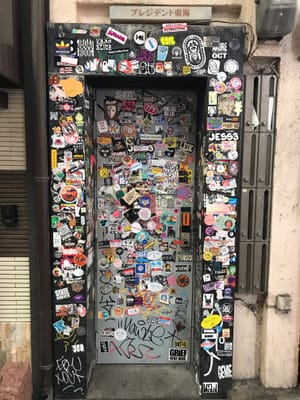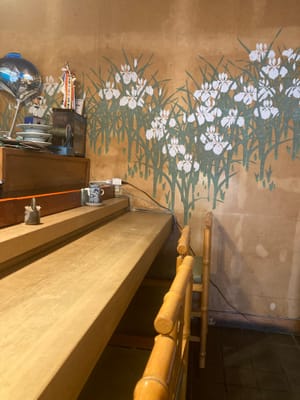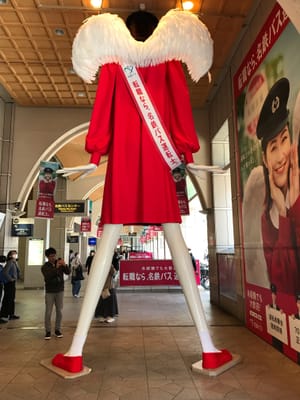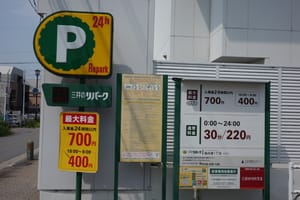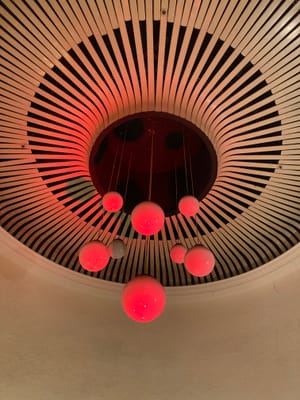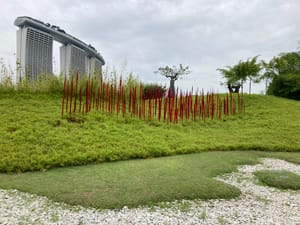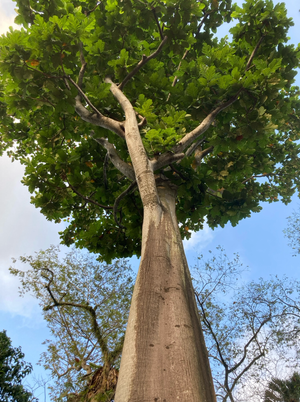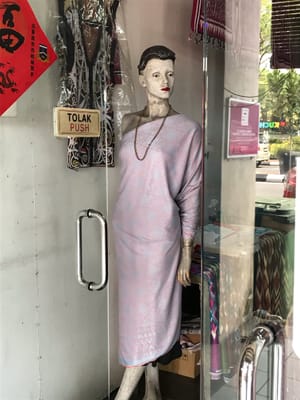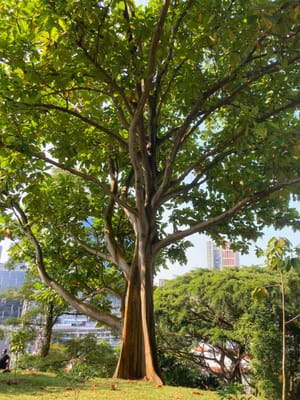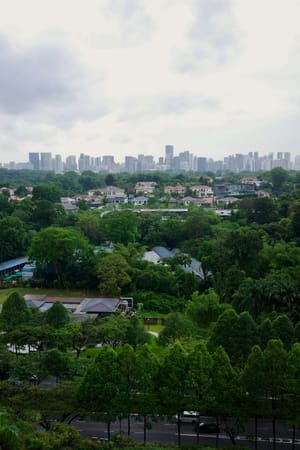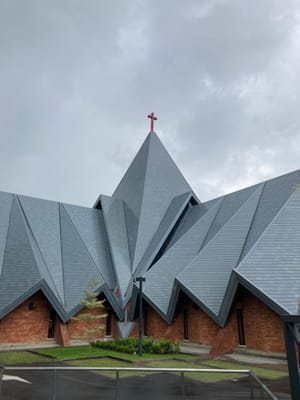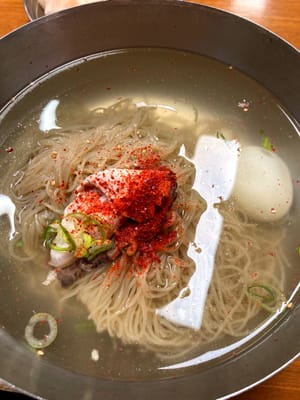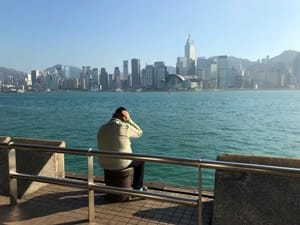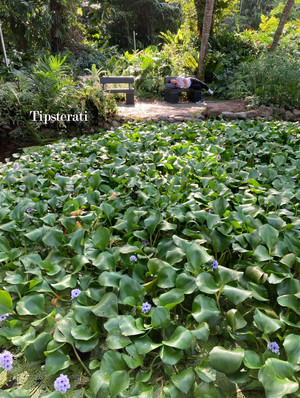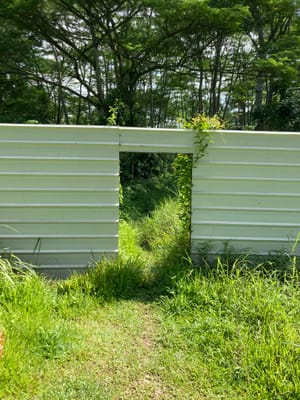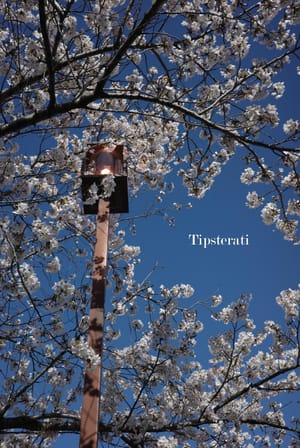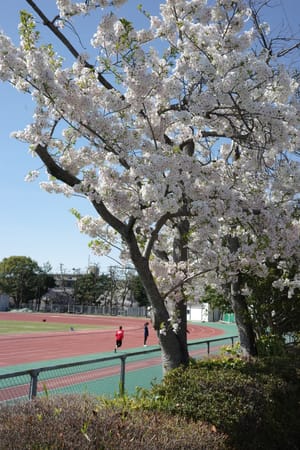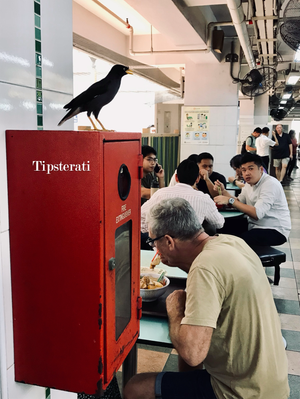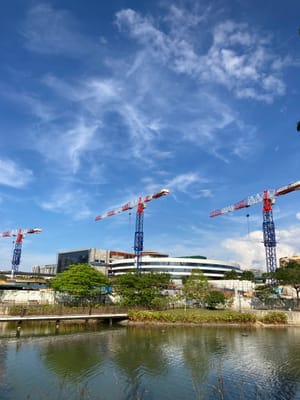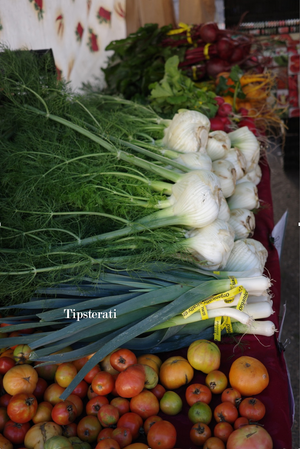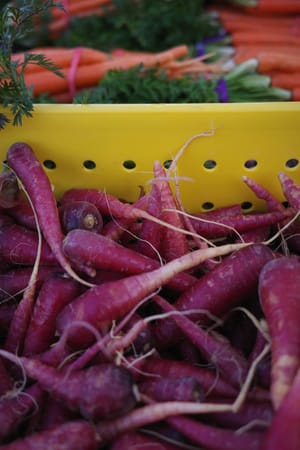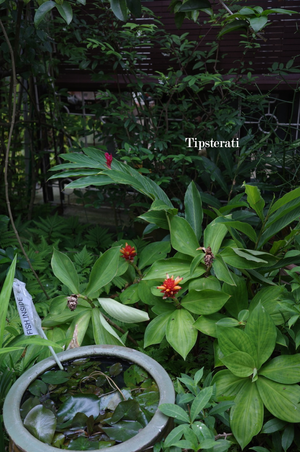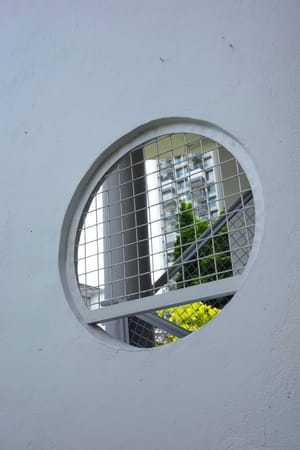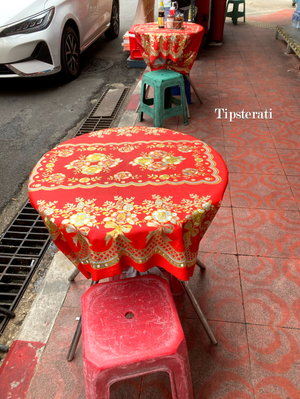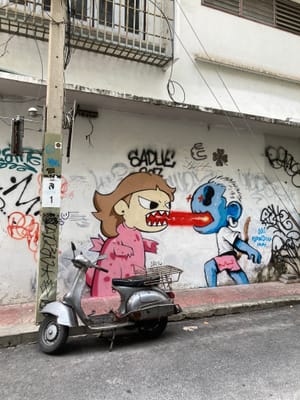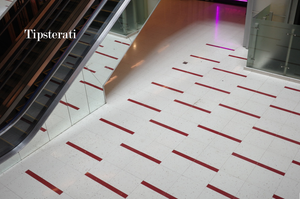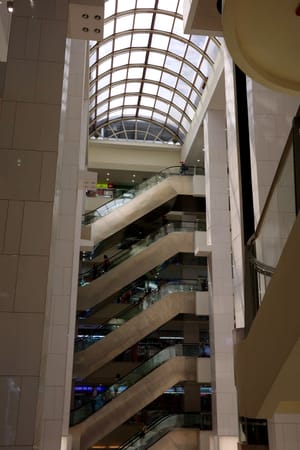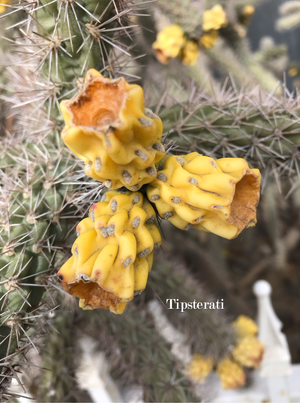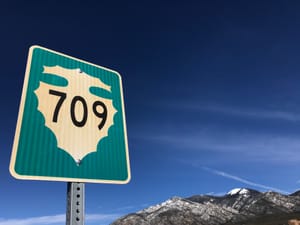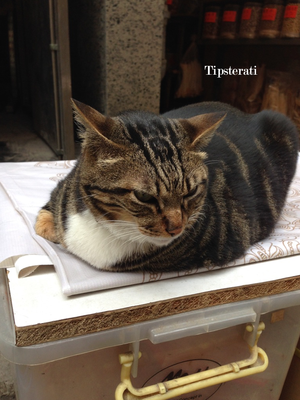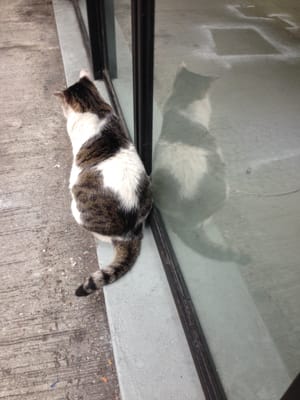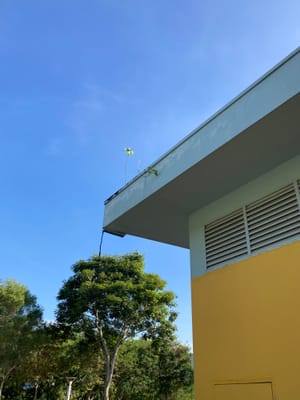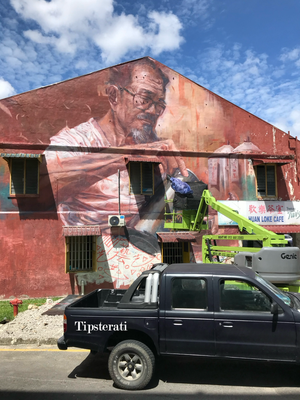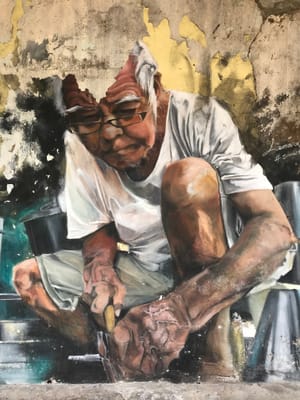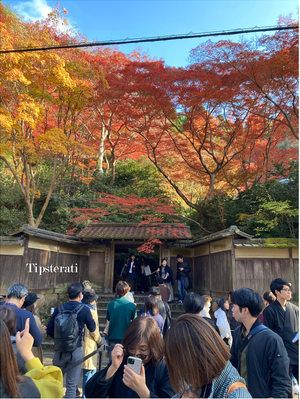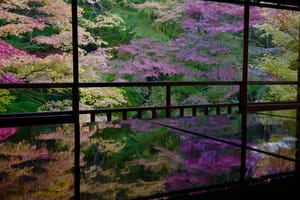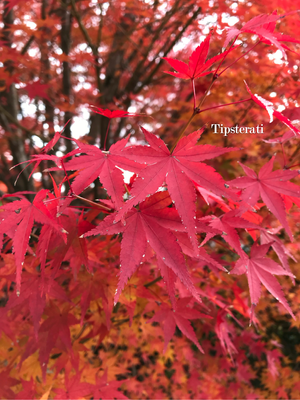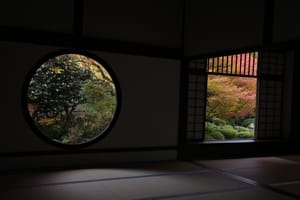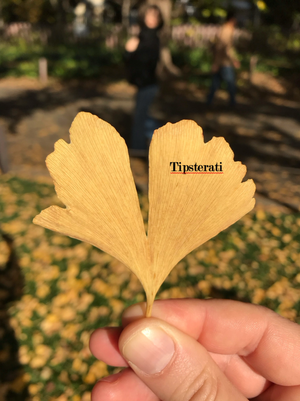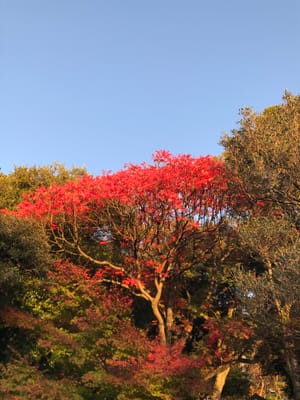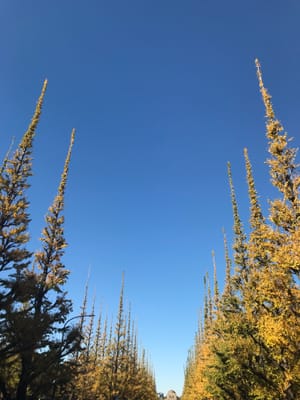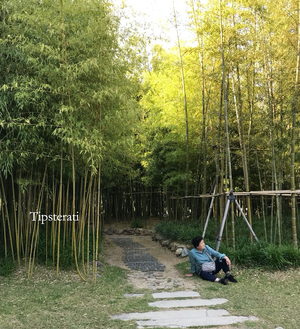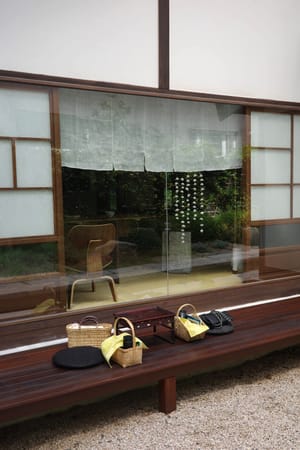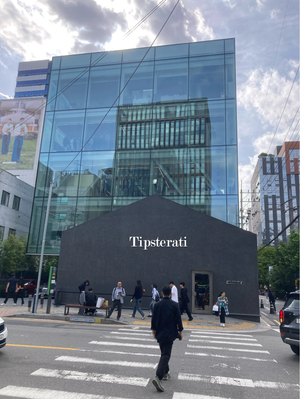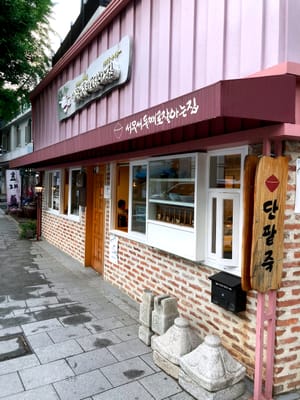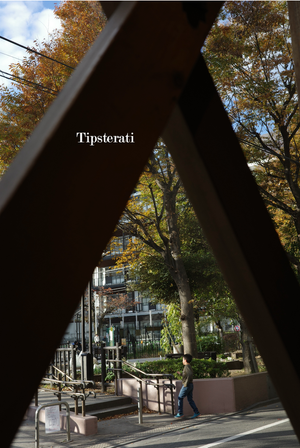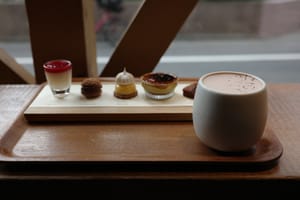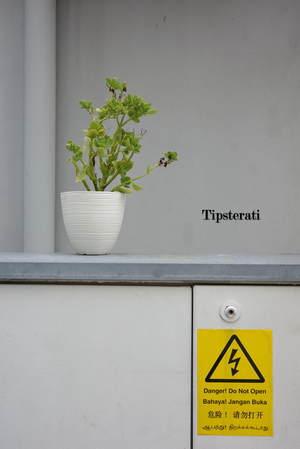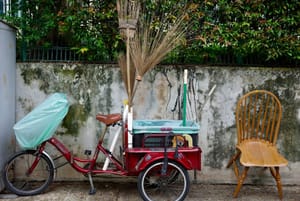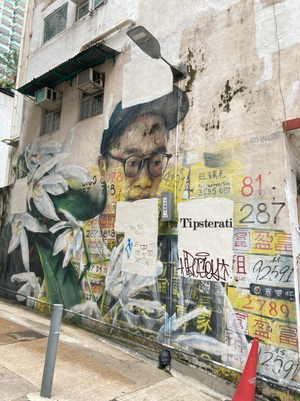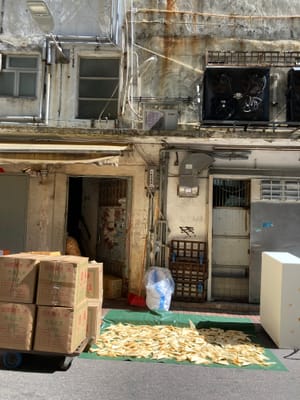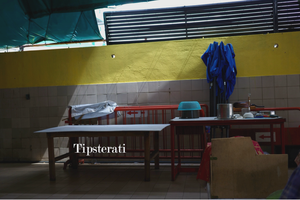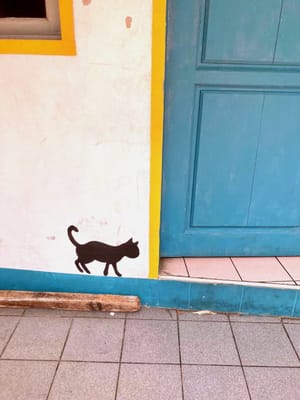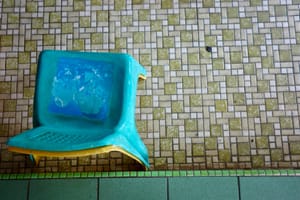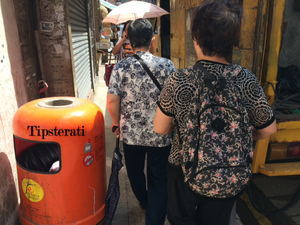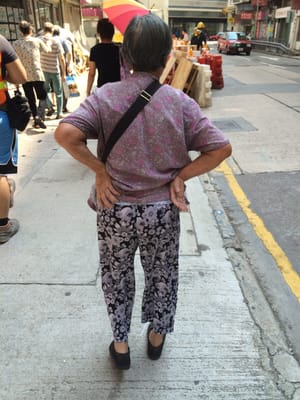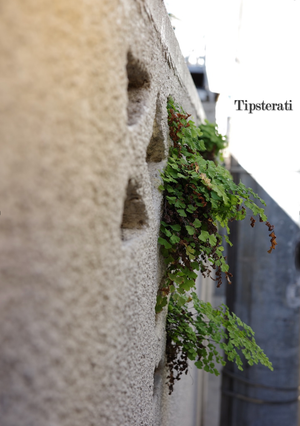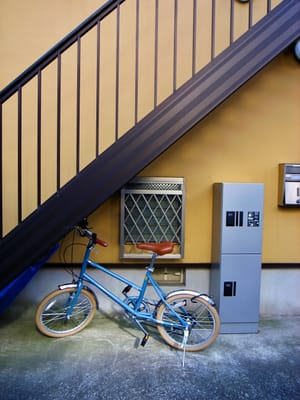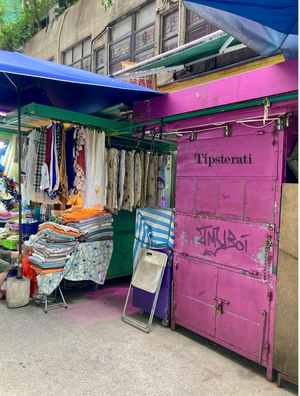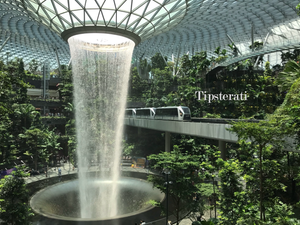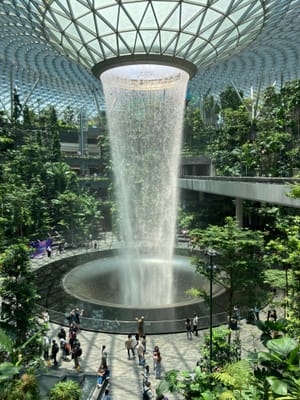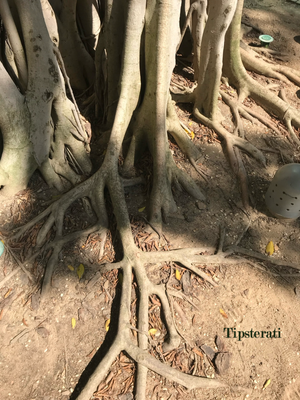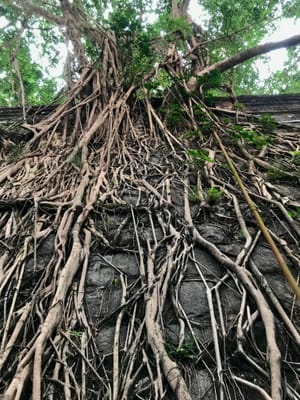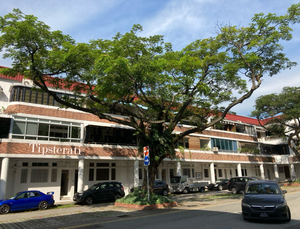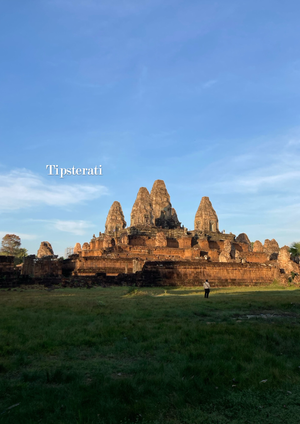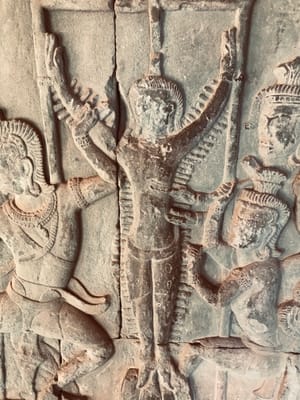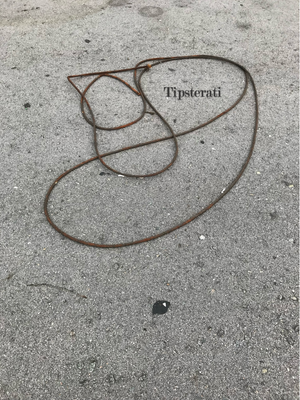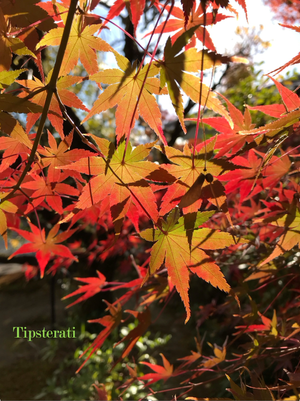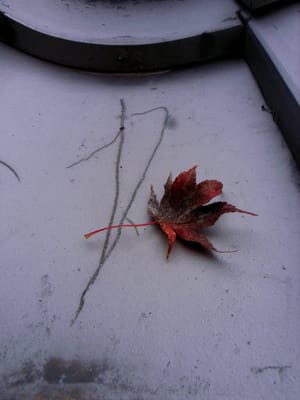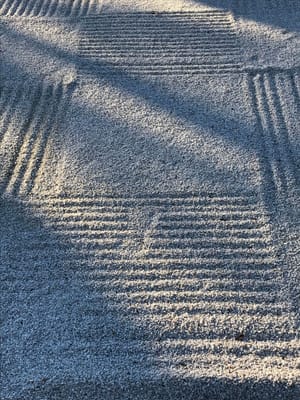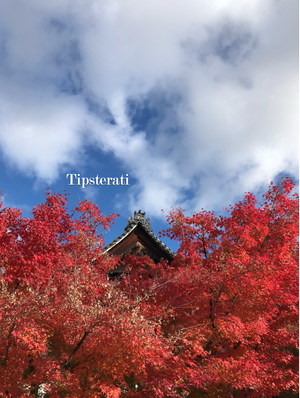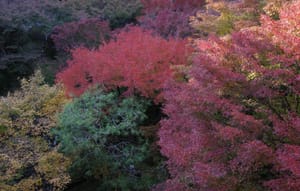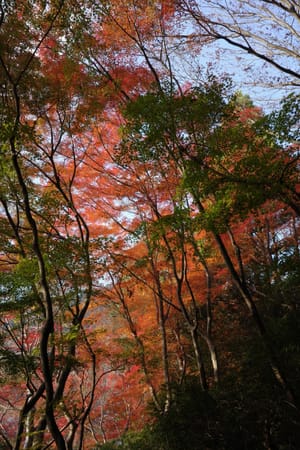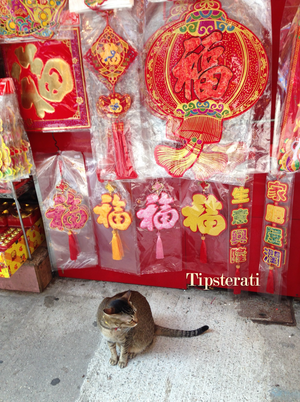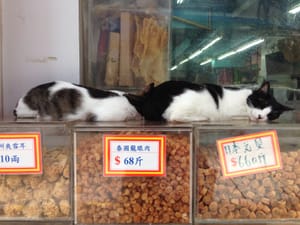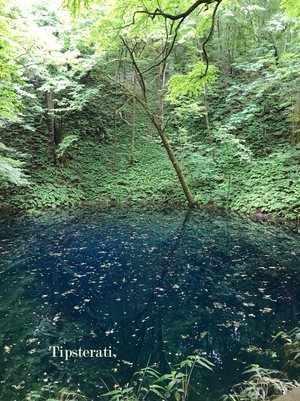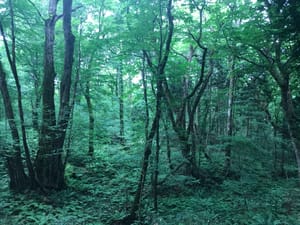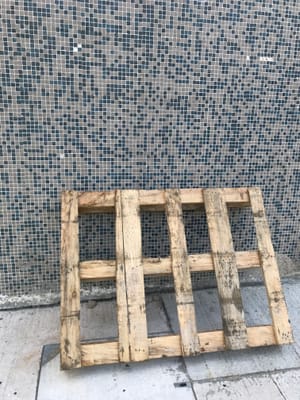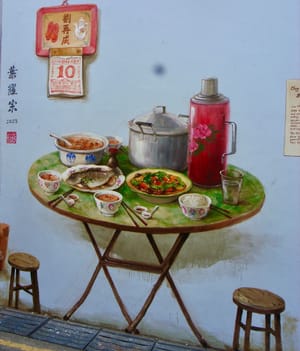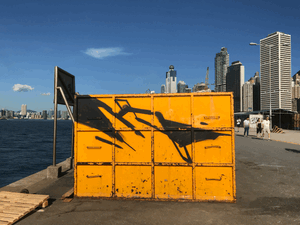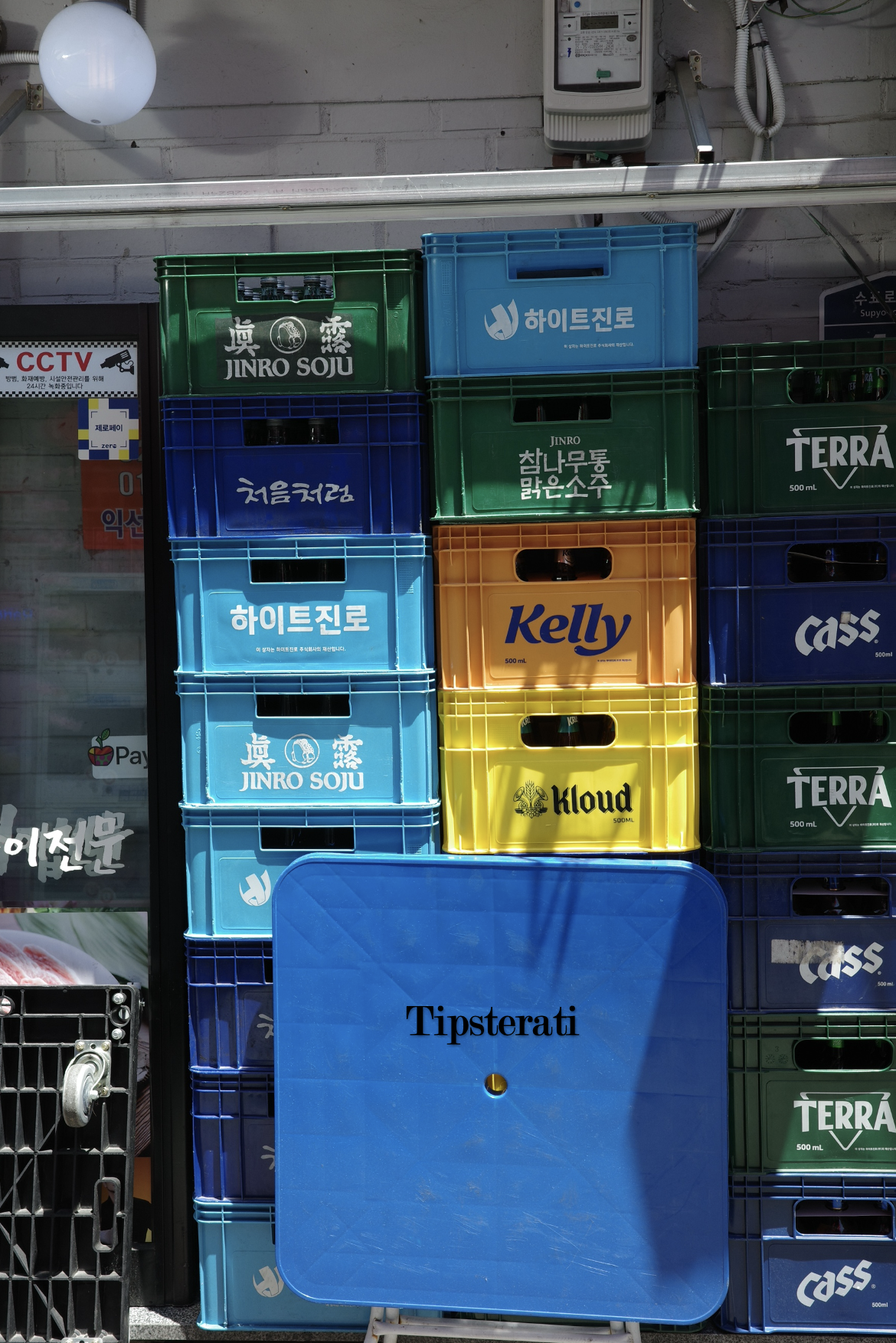
Exploring Seoul: Part 1
Seoul is a big city, so it’s best to explore it neighbourhood by neighbourhood and soak in the atmosphere of each area. If you enjoy our zuihitsu travel sensibility, then we have a few itineraries to recommend.
Itinerary 1: Bukchon
Located between the two palaces, Gyeongbukgung and Changdeokgung, Bukchon is where the aristocrats and court officials used to live. Today it is a charmingly varied neighbourhood that combines tradition with younger, hipster touches. Wander down an alleyway and you will find yourself in a warren of hanok (traditional Korean house) residences and eateries. Stick to the main roads and you will enjoy browsing amongst stores selling clothing, local jewellery designs, fragrances, and cute knick-knacks.
Morning
If you are an early riser, you may want to start your day at Cafe Onion in Anguk for its beautifully modernised hanok space. It’s a great example of the kind of hipster bakery that is taking over Seoul, as well as how the modern can appropriate the traditional very stylishly.
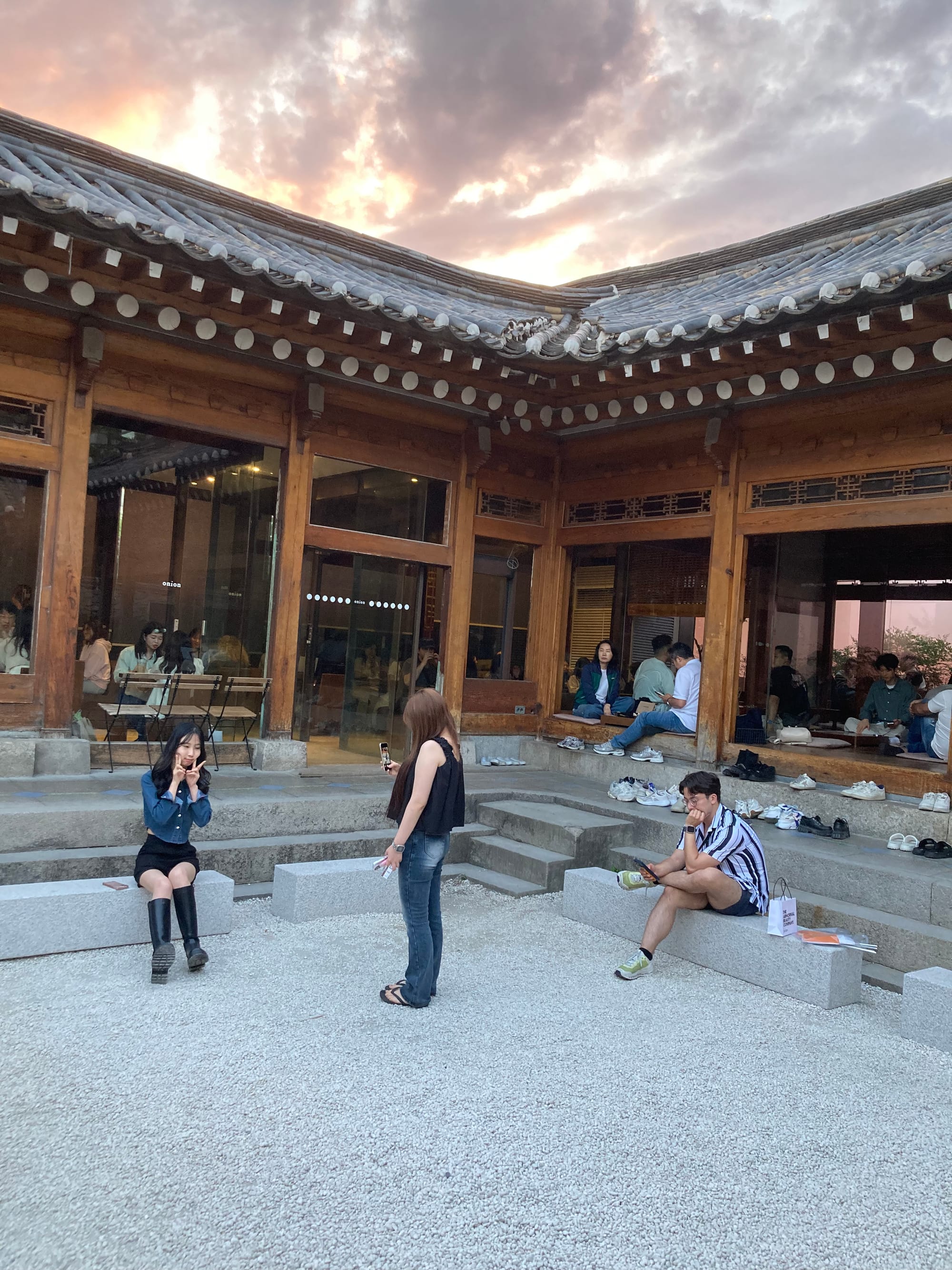
From Café Onion, walk over to Changdeokgung for a taste of a Joseon-era palace. The secret garden in Changdeokgung is particularly lovely. You will need to book a place in a guided group to see it, however. The only downside is that the tour we went on had about 50 people, which was far too large! This does detract from the experience, but I still think it is worth a visit.
After Changdeokgung, head to Bukchon and wander about as you please.
Lunch
Make your way by foot to Hwangssaengga Kalguksu for Korean knife-cut noodles and dumplings. This place is popular and there will be a wait, so you can choose to go early or late for lunch to try to avoid the worst of the queueing. The mandu (dumplings) are excellent here, so be sure to order a plate to share. Those who are a bit more adventurous can try konguksu, which is a bowl of noodles in a cold soy milk and sesame broth.
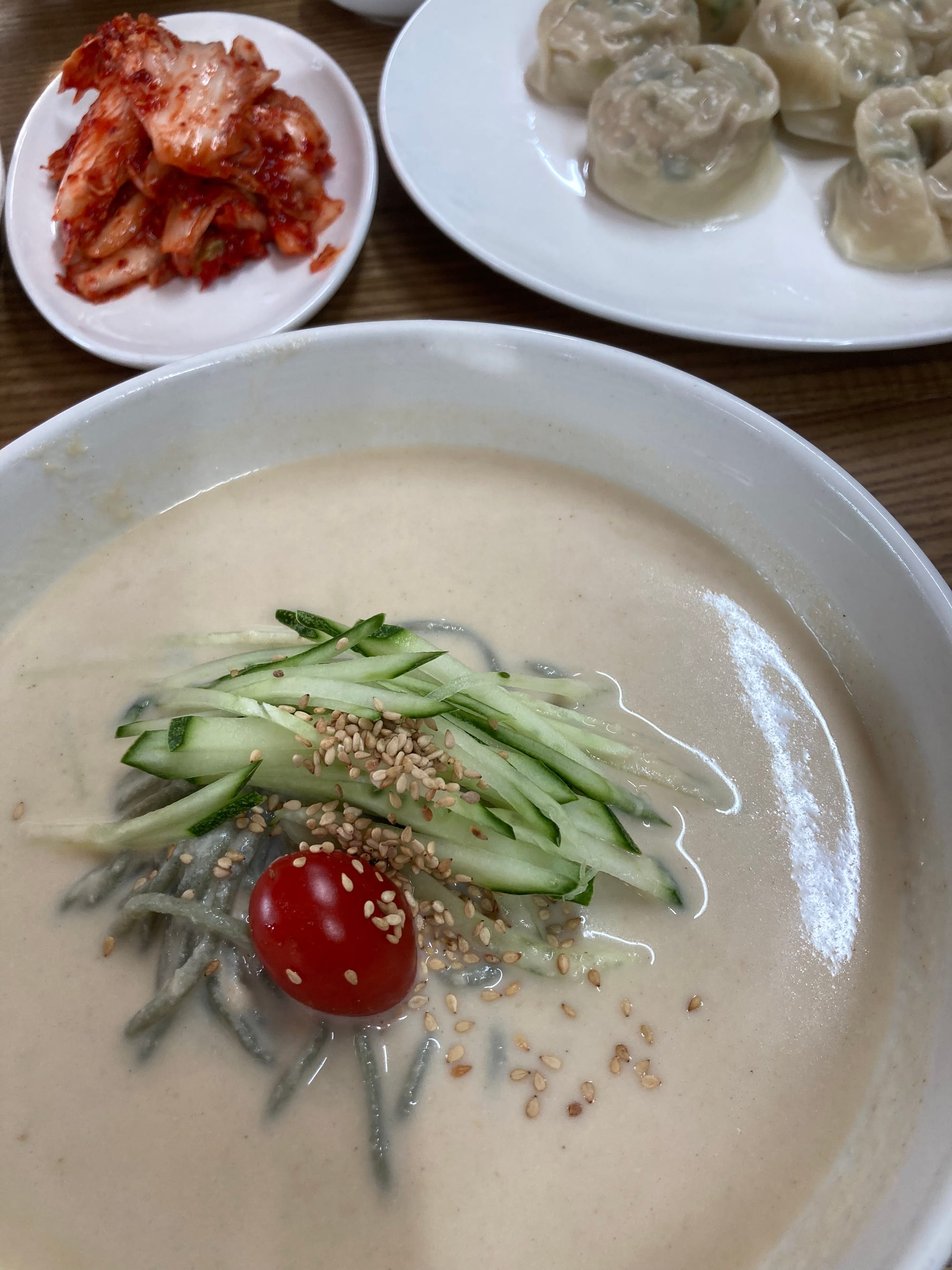
Afternoon
From Hwangssaengga Kalguksu, find your way to nearby Samcheong-ro. This is a pleasant street lined with art galleries, shops, and eateries. You might want to stop at the Kukje Gallery, one of Seoul’s many outstanding spaces dedicated to contemporary art. If you need some refreshment after, head to Samcheong Bingsu for some bingsu (shaved ice dessert). Or you could walk right to the end of the road to find one of my favourite teahouses, The Second Best House in Seoul. The ssanghwatang (herbal tonic) does have a bitter medicinal taste, so this is not for everyone. The sikkhye (cold rice punch) and the sujeonggwa (persimmon and ginger punch) are delightful alternatives. The danpatjuk (sweet red bean porridge) is well known here too if you are peckish and want something a bit more substantial.
Evening
Meander your way down to Anguk again. In the alleys behind Café Onion are a number of interesting eateries, mostly fusion Western-Korean, with a smattering of local joints. We didn’t eat here, but next time we might try Dansang.
After dinner
If you have your dinner early, you could go to Teastory: Beautiful Tea Museum for an after-dinner herbal brew or cup of tea. It’s on a side lane off Insadong Culture Street in a hanok building and they have a superb selection of Korean flower and herb teas. Do note that they close at 8 pm. Alternatively, if you’ve had too much to eat and need a gentle stroll to aid digestion, saunter over to Yeollin Songhyeon Square. It’s an open meadow, which in summer is full of wild flowers. There are buskers, a sculpture park, and meandering paths. It’s a relaxing patch of nature in the city.
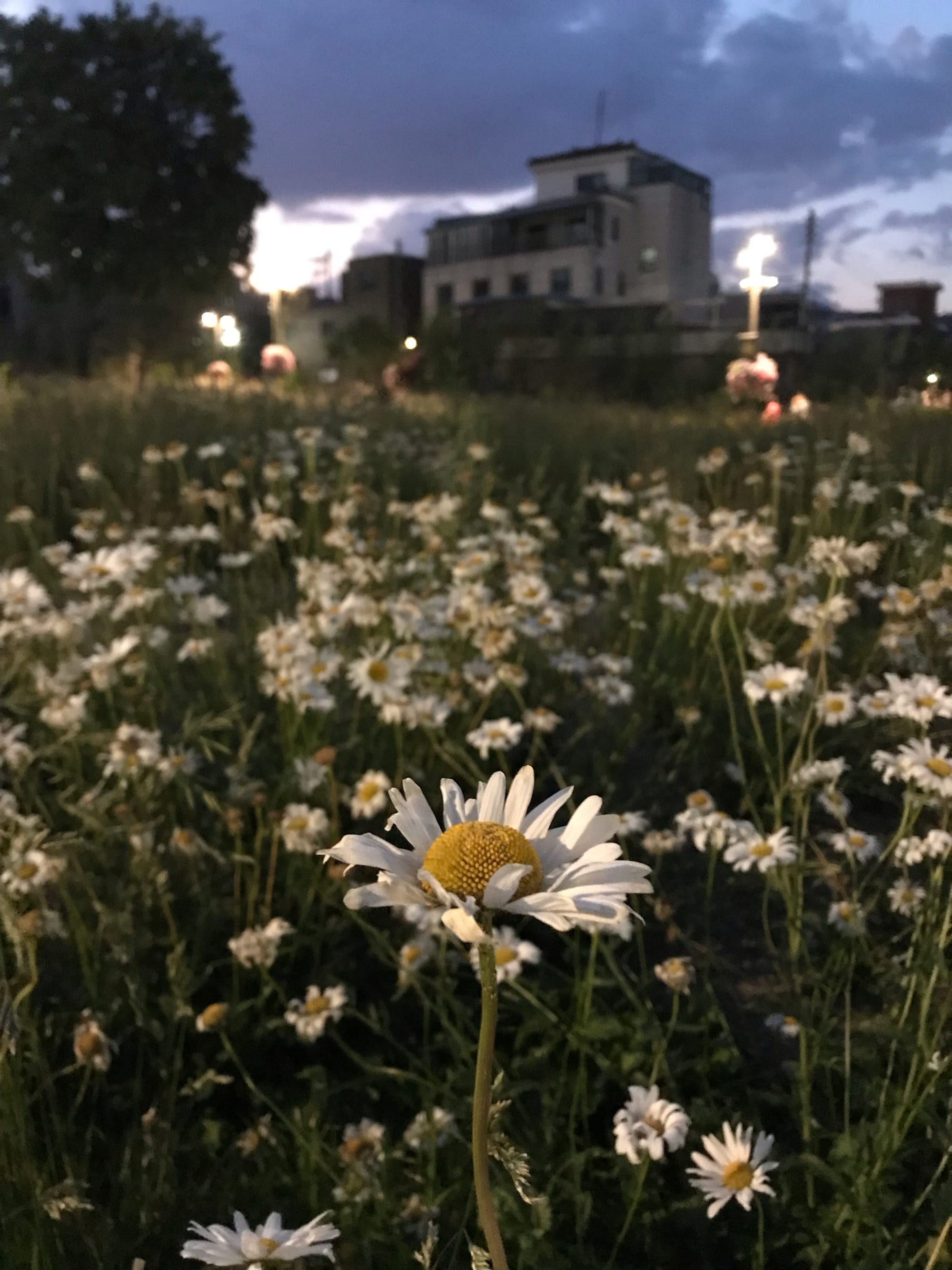
Itinerary 2: Euljiro and Dongdaemun
If you enjoy a bit of urban grit, head down to Euljiro to get a taste of Seoul’s markets and light industry workshops. You will find streets of nothing but sewing machine repair shops or wholesale markets selling endless amounts of ribbons and packaging materials. Interspersed here and there are a few signs of gentrification—a retro café (like this one) or a coffee shop linked to a music store (check out Hell Café Music).
Morning
I would recommend starting at Gwangjang Market. The market is huge and covers household goods as well as cooked foods. Grab a bindaetteok (mung bean pancake) for breakfast and chase that down with some top-notch rice-flour donut twists from Chapssal Kkwabaegi. You can eat on the go, or choose to sit down at a stall or shop to eat. You could also pick up some kimbap (Korean seaweed-wrapped rice rolls). For those who need a shot of caffeine in the morning, there is a hipster coffee shop in the market as well.
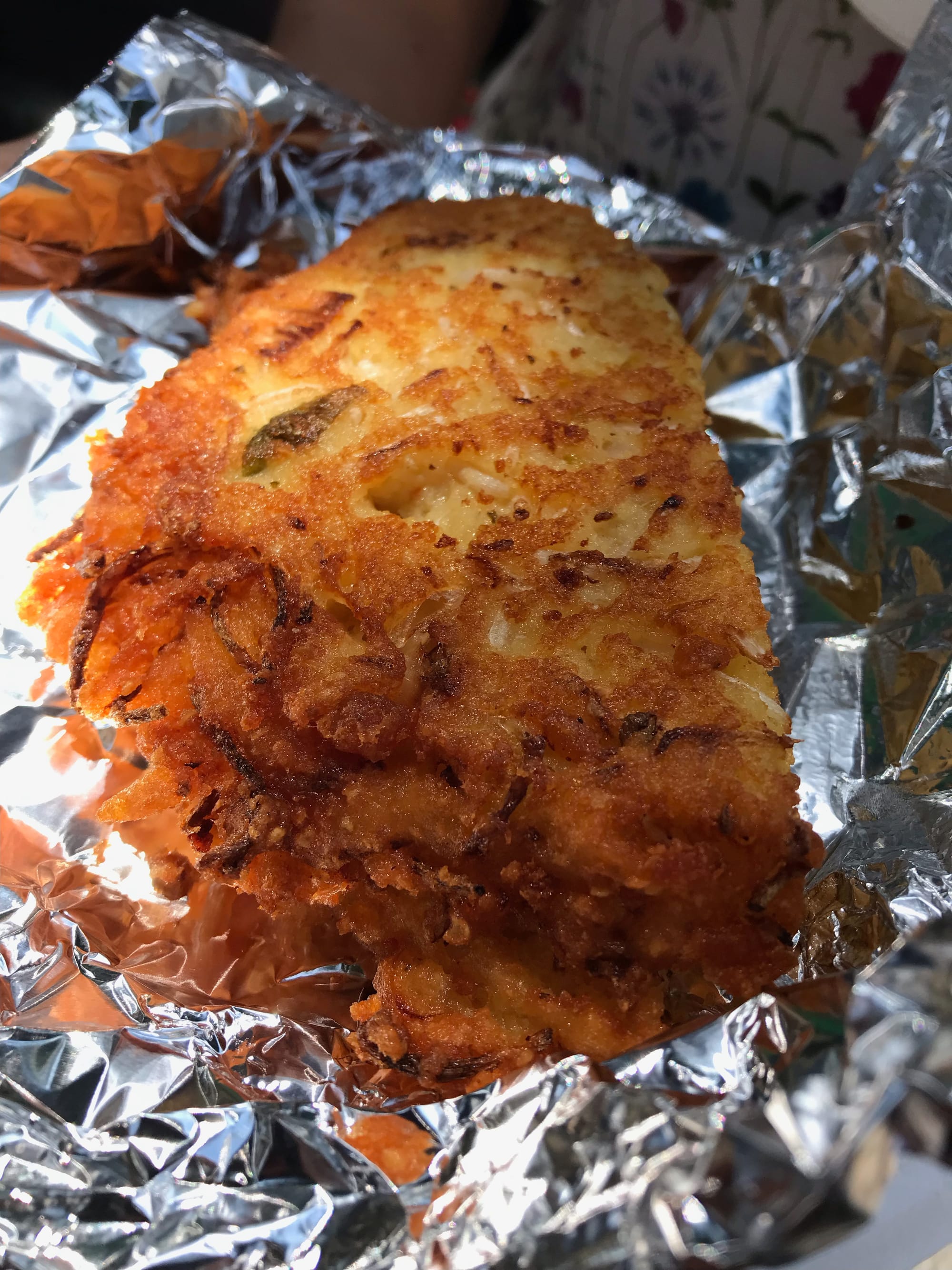
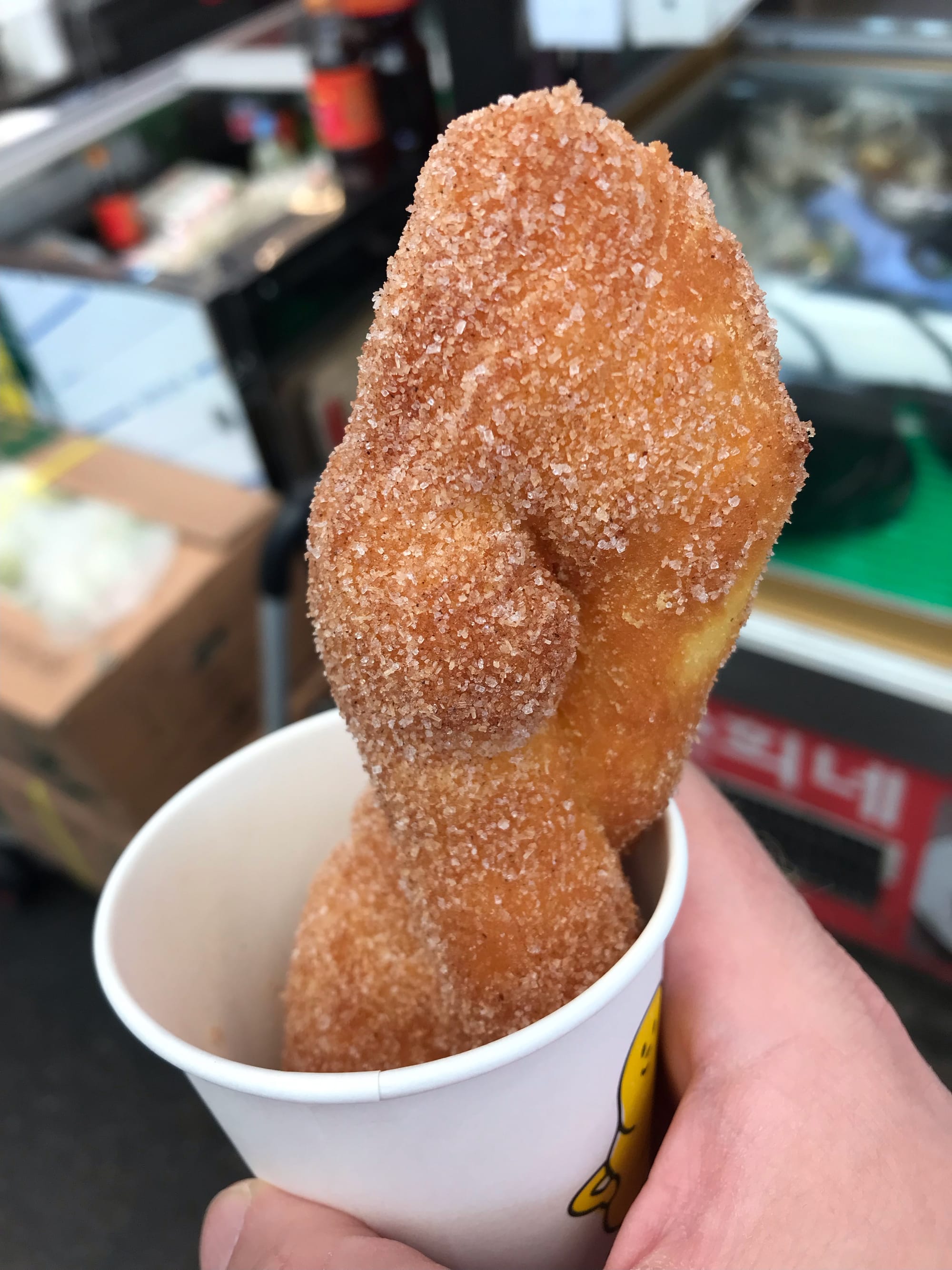

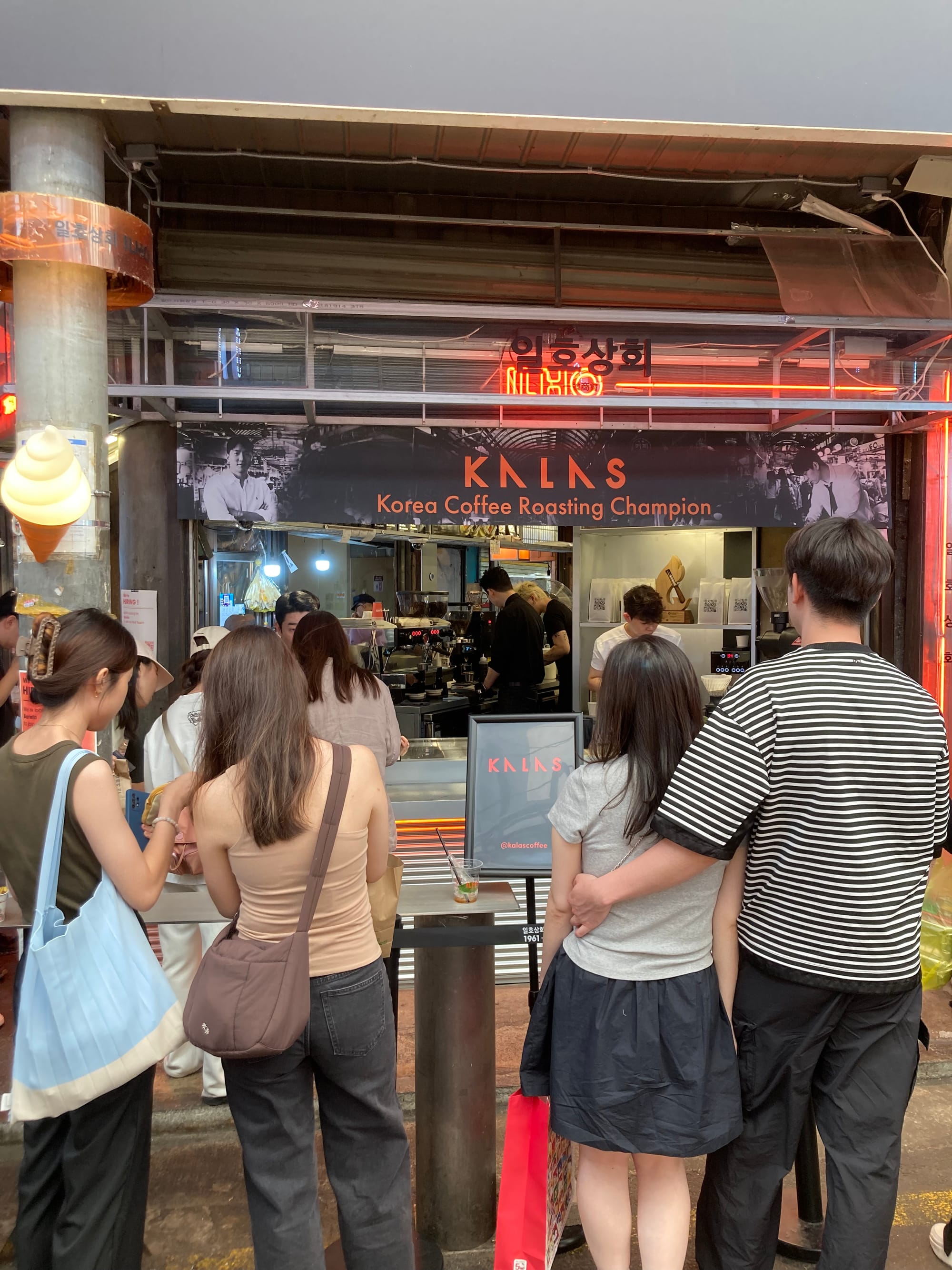
Top row: ©F. L. Blumberg 2024 Bottom row: ©Wendy Gan 2024
Having fueled up, explore Bangsan wholesale market and Pyounghwa clothing market. It’s a working-class area, so you’ll get to see a side of Seoul quite different from Bukchon (and other more hipster areas like Ikseon-dong or Seongsu-dong). Keep going till you hit Dongdaemun Design Plaza (DDP), a typically sinuous and metallic Zaha Hadid building that is untypically built on a former baseball stadium. The DDP usually hosts design-related exhibitions and, unless you come between shows, there should be something interesting to view.
Lunch
Hop into a taxi and go to Insaeng Hanwoo near Majang meat market for a decadent Hanwoo beef BBQ feast. This will not be your cheapest meal in Seoul, but Hanwoo (akin to Japanese wagyu but with a better flavour) is never cheap. Still, Insaeng Hanwoo provides incredible quality for very good value. While you could purchase your meat from the butchers at Majang market and bring it to the restaurant, I would recommend simply heading to Insaeng Hanwoo and purchasing your beef from them directly. You choose your preferred cuts and then sit at your assigned table for the ultimate Korean barbeque experience.
You will need to grill the meat yourselves: start off by grilling large pieces and then use the scissors to cut the meat into bite-size slices. If you are a purist, eat the meat with a dab of salt. If you like wraps, place the meat in a crisp piece of lettuce, top it with some miso, kimchi, raw garlic (if you dare), and squeeze it into your mouth in one bite. End your meal with an order of doenjang stew, a Korean miso soup that my Korean friends recommend for aiding digestion after a heavy, meaty meal.
Expect to pay around USD50-100 per person, depending on how much meat you consume. This was probably my second favourite meal during my time in Seoul.
Afternoon
To walk off your lunch, navigate your way to one of the best things about Seoul— the Cheonggyecheon, a lovely stream that works its way into the downtown area. For decades, the waterway had been covered up and a highway built over it. But a progressive mayor decided that the city would be better served by the stream’s restoration and he was absolutely right. The Cheonggyecheon is simply a magical space. Once you step down to its banks, you will feel as if you have entered a different world. The city and its stresses fade away and you are soothed by the gurgling sounds of the stream and the rustling of the reeds and leaves of the willow trees. Watch the egrets and herons hunt for prey; you will not believe that you are in the heart of a city of almost 10 million.

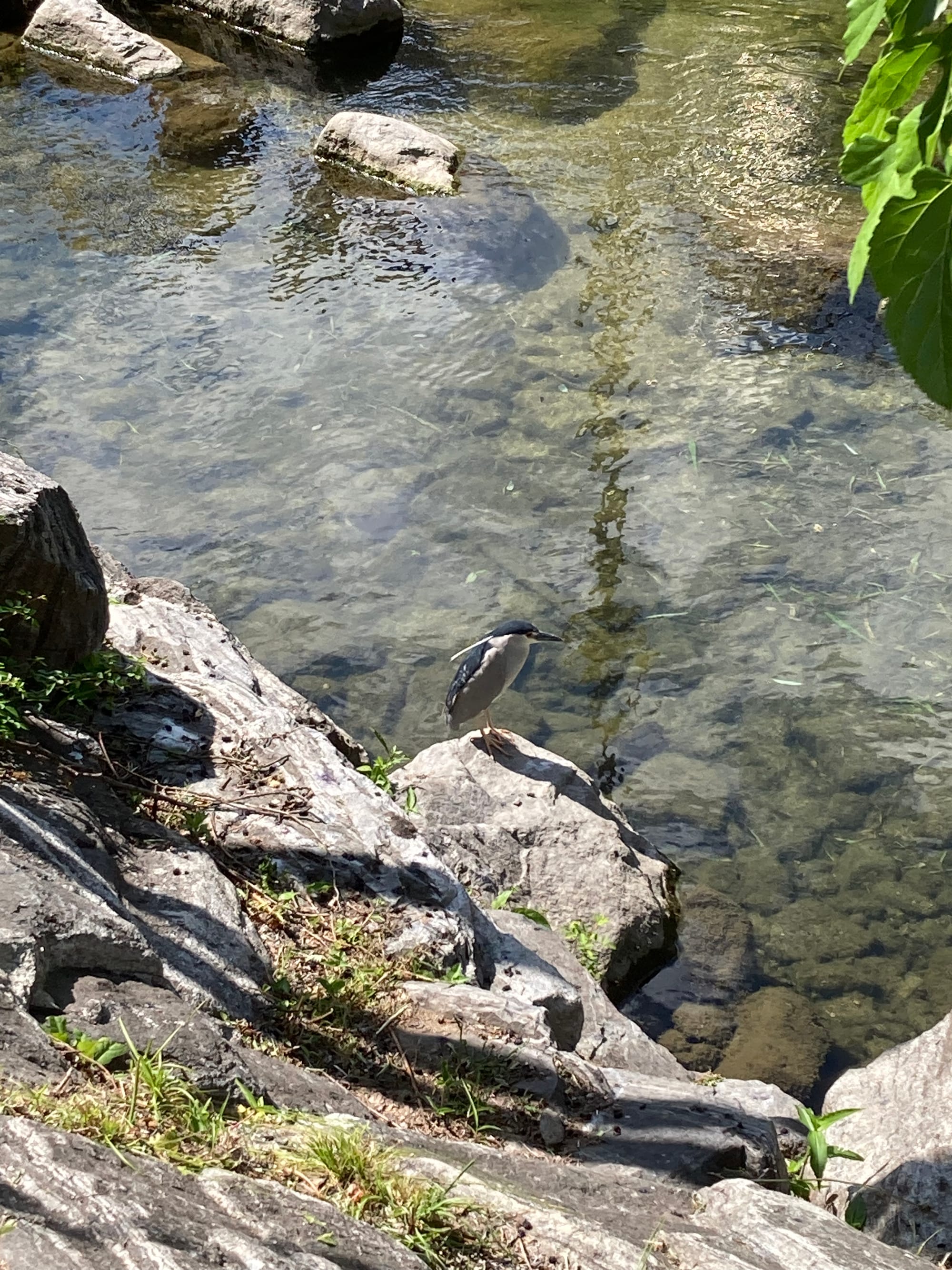

©Wendy Gan 2024
(If you want to know more about the history of this stream, the Cheonggyecheon Museum is not far from Insaeng Hanwoo and you might want to pop in for a look.)
Dinner
If you are willing to wait 60-80 minutes for your dinner, then walk along the Cheonggyecheon to Euljiro and re-emerge at street level to find the Michelin Bib Gourmand-rated Woo Lae Oak (also known as Uraeok) for bulgogi (grilled marinated beef) and naengmyeon (cold noodles). Uraeok is an institution and it is beloved by lovers of naengmyeon, which is why the queues are so crazily long.
I love Uraeok enough to wait as long as it takes for a table. Everything here (except sometimes the service) is immaculate. The kimchi is lightly fermented and seasoned so perfectly that it is incredibly addictive (don’t be afraid to ask for a refill). The bulgogi is delicately marinated and delicious. The naengmyeon is close to my Platonic ideal of the dish; the broth is lightly savoury, but with enough depth for it to be very satisfying while remaining refreshing. The noodles are better at Pildong Myeonok (another top-rated naengmyeon place), but Uraeok’s naengmyeon includes slices of Asian pear and fresh kimchi that provide good textural and flavour contrasts. Even the slices of orange that are served for free at the end your meal are how you want oranges to be—tangy, juicy, with a hint of sweetness.
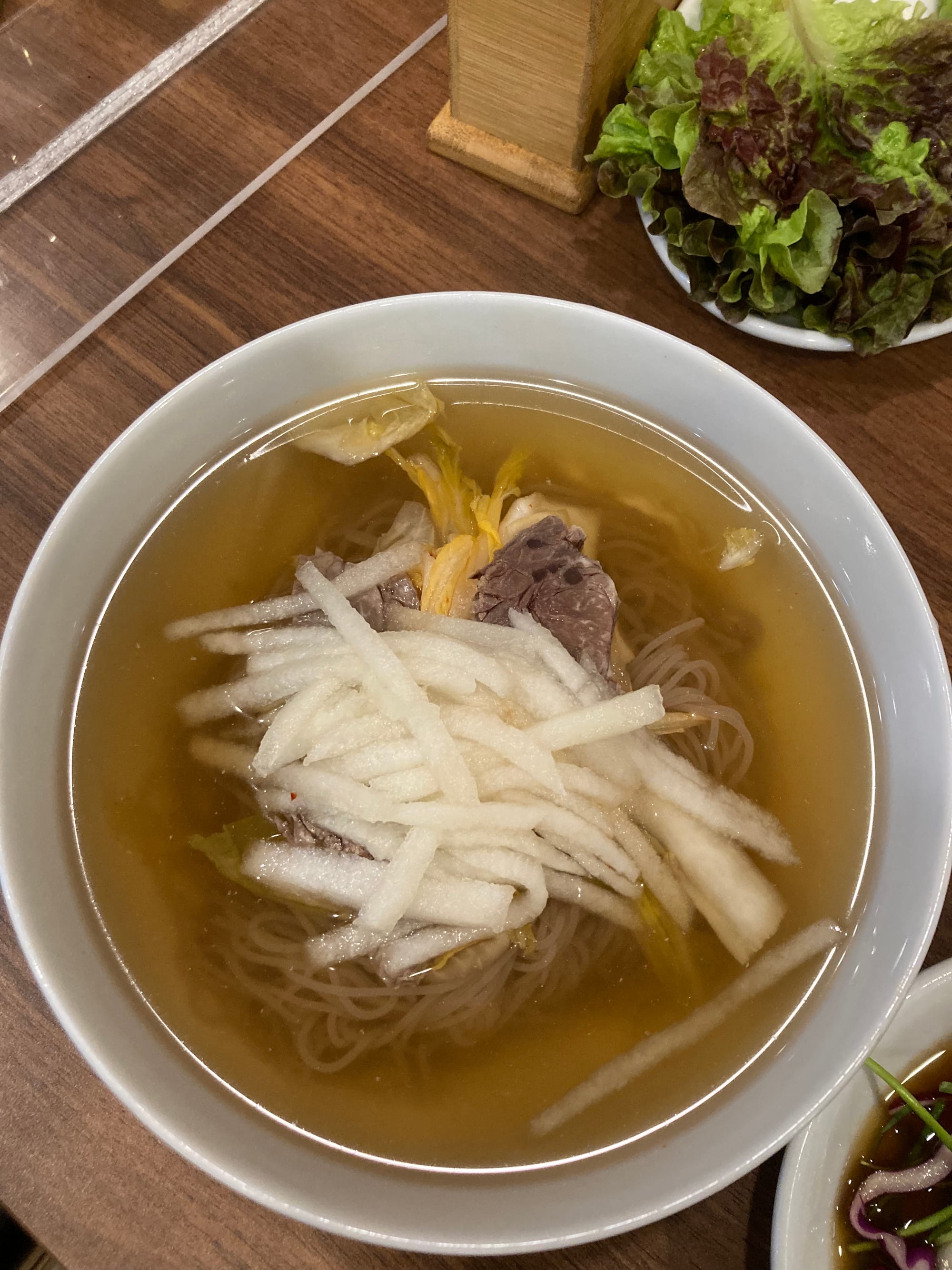
If you are going to do Uraeok, this is how you should proceed: head indoors to get a number from the maître d'. Without a Korean phone number, you won’t be able to get one from the booth outside the restaurant. Once you have that, take a walk around Euljiro, go hang out at Cheonggyecheon for a while or head to a café (Hell Music Café is nearby) to wait. Come back to check the progress of the sequence of numbers in about 35-40 minutes. On busy days (like weekends), you can expect to wait 60-90 minutes. The fastest wait I’ve seen on Google reviews is 45 minutes, so do be aware of this as well. You do not want to miss your number!
Stay tuned for more on Seoul in the next Tipsterati installment…
